
Update One – Electric dreams
After driving the plug-in hybrid Mercedes-Benz GLC300e for a few weeks and having issues keeping it charged due to my lack of off-street parking and no nearby charging stations, I jumped into Hyundai’s Kona Electric small SUV with a bit of trepidation.
As I wrote in my ‘living-with’ review of the GLC300e, I had issues just keeping the battery topped-up to exploit its ability to drive emissions-free for about 43km… but at least I had a safety net in the form of a 2.0-litre petrol engine.
But after picking up the Kona it soon became apparent that it’s actually quite easy to manage an EV with a theoretical 449-plus kilometre driving range (one of the best in the business).
Given the propensity for car companies to… let’s say, present things in the best light, the real figure is more likely to be 420km in real-world driving especially if you’re running the air-conditioner.
Even so, that’s enough kays for pretty much anyone to negotiate an average week.
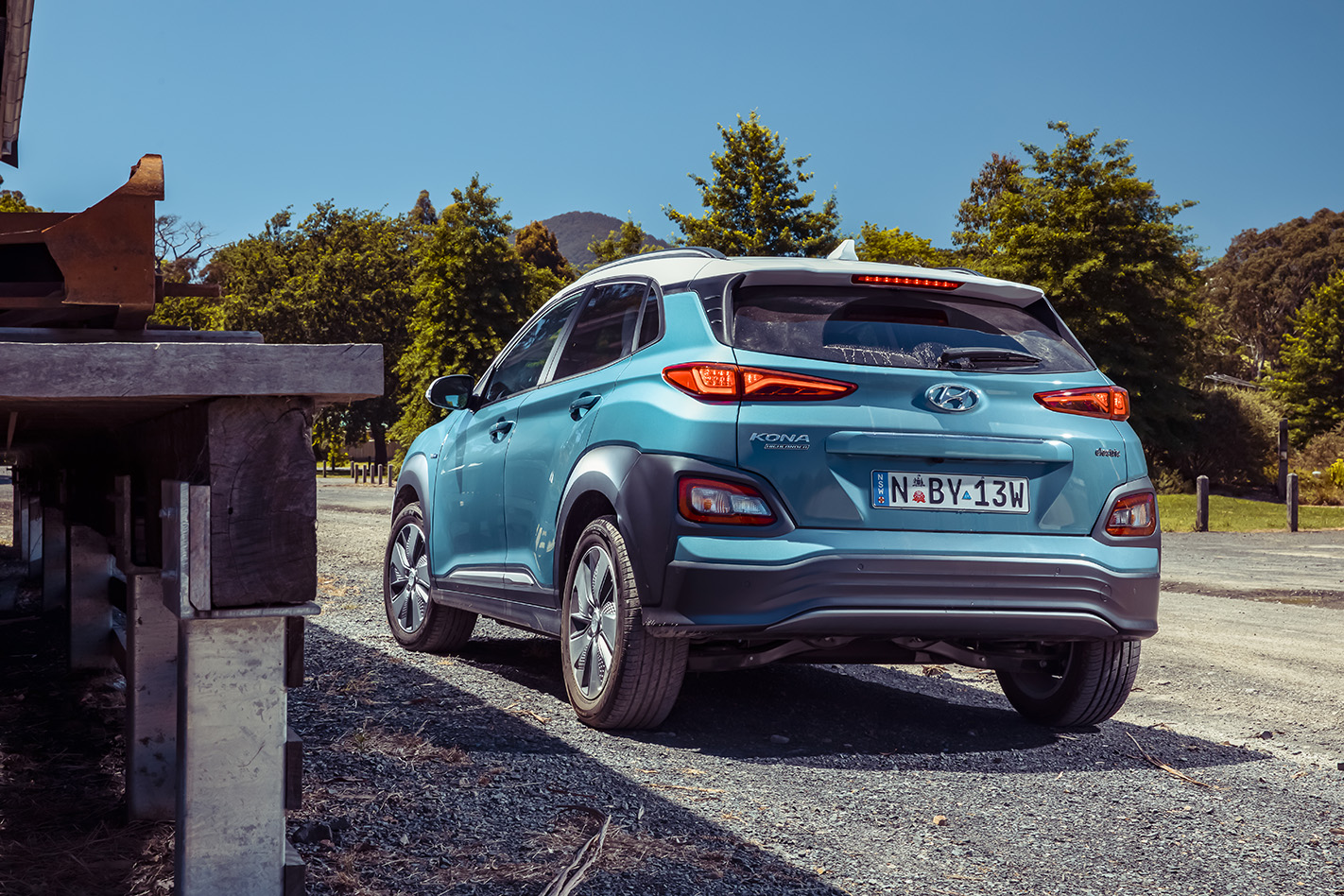
And when it comes time to give it a whack of wattage, I use a charging station at a shopping centre, so I have something to do while the electrons are flowing.
I only had the Kona two days before I decided to take it for a longish trip to Euroa, 160km from Melbourne, to attend a friend’s book launch.
One good thing about the north-east Victorian regional town is that it has a Charge Fox DC charging station at the big Shell service centre on the Hume Freeway.
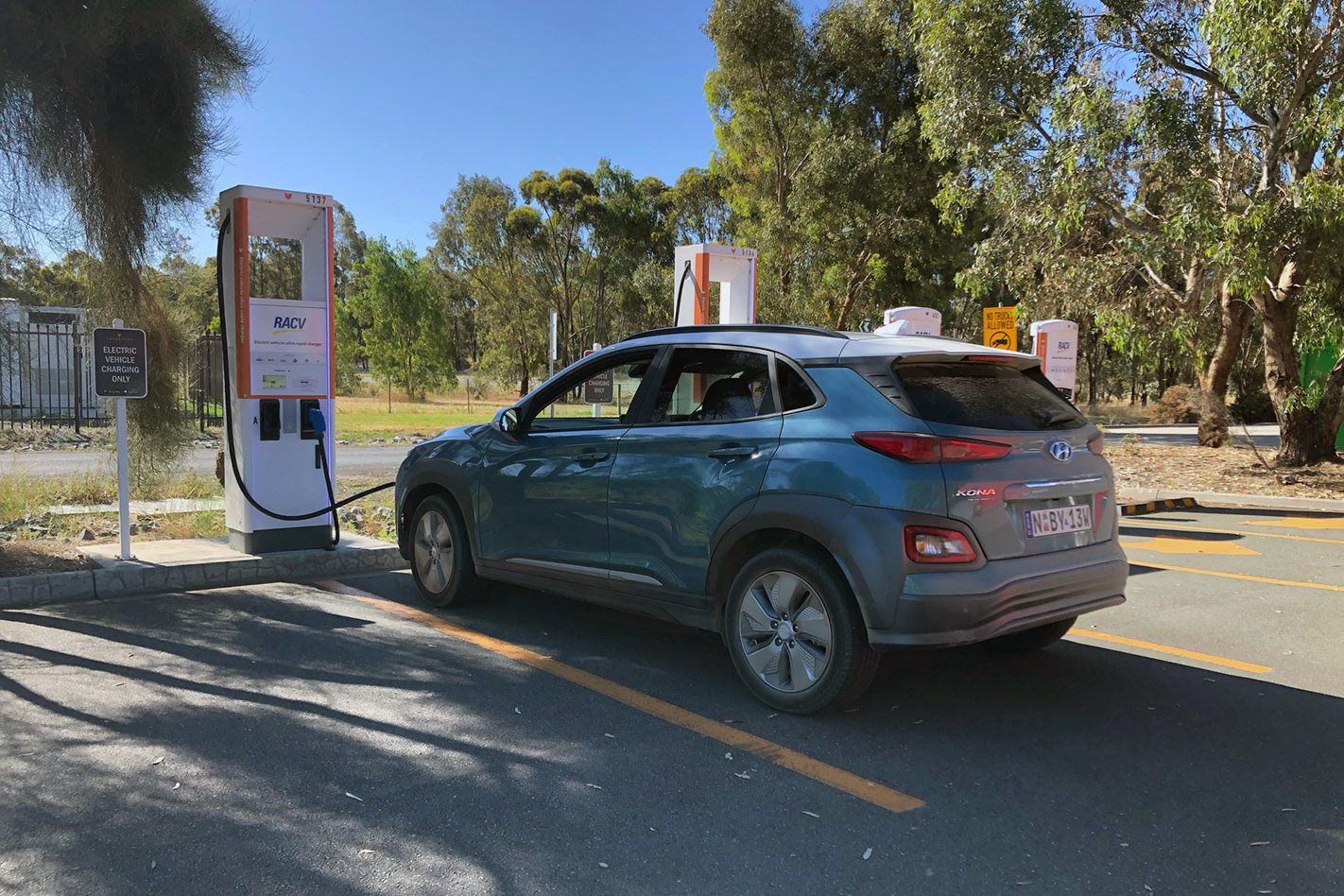
You can find out how it fared up north in my separate travel story, though I managed to do quite a bit of driving around the nearby Strathbogie Ranges, with just one battery top-up.
I returned home to Melbourne with 160km range left, too. Economy for the entire trip was 13.8kWh, which is better than the 14.7kWh official economy rating, and a lot better than something like a Jaguar I-Pace could manage.
Kona Electric first impressions
Jumping in the $65,290 Kona EV Highlander isn’t too different to jumping in the petrol 1.6-litre turbocharged petrol version which costs $40,200.
The two share most features including a head-up display, power-adjusted leather-trimmed seats, heated and ventilated front seats, 10.5-inch touchscreen, dual-zone air-conditioning, LED lights all around, a wireless charging pad for your phone and sportier 18-inch wheels.
The Electric version does miss out on the panoramic sunroof.
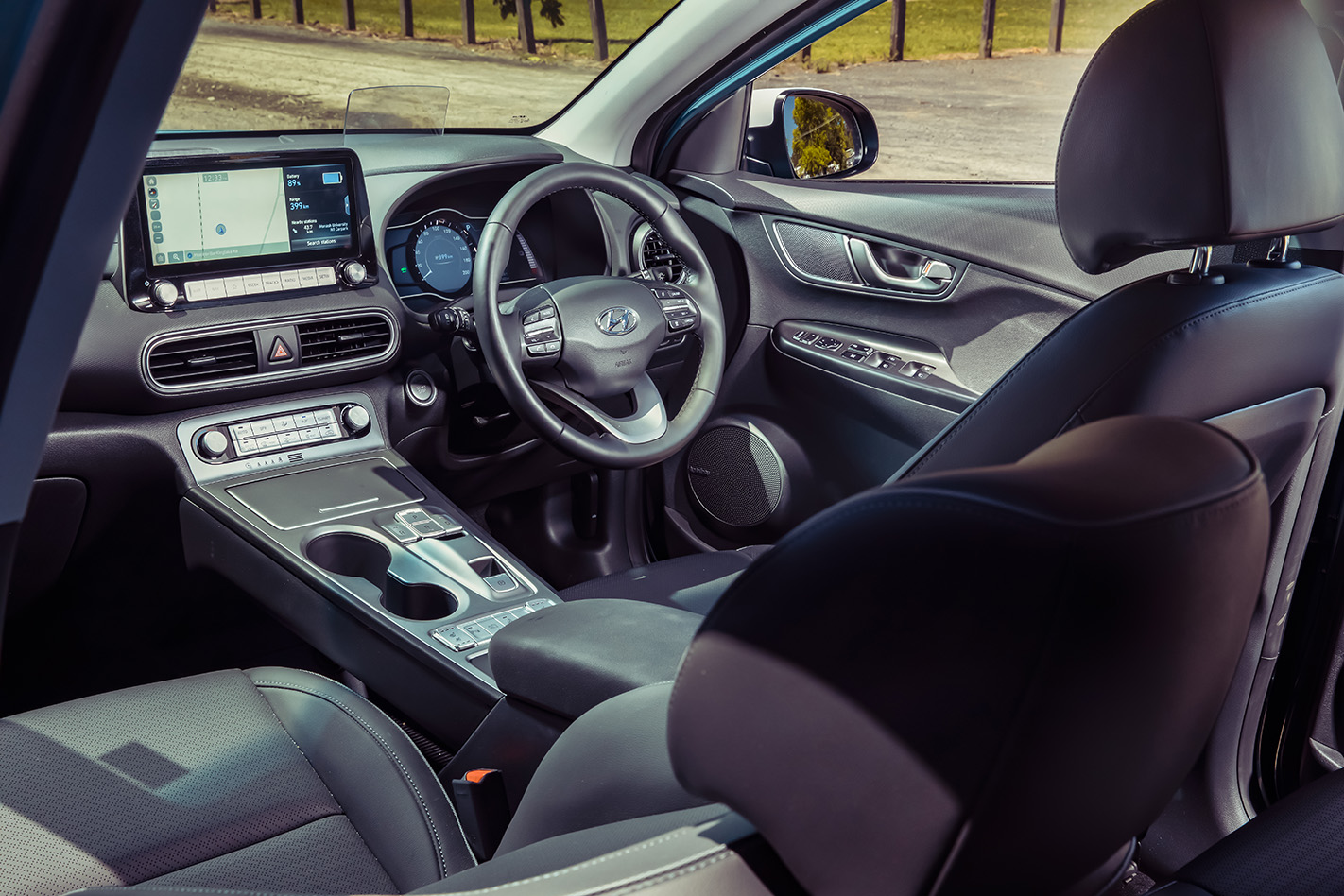
Another difference is the gear shifter – for want of a better word – which, like the Hyundai Ioniq, features buttons to engage drive, reverse, neutral and park.
Like all EVs it glides rather than drives away, with that sensation heightened by futuristic noise, which Hyundai calls its virtual engine sound system (VESS), so you can’t scare the wits out of pedestrians.
It sounds quite cool and attracts plenty of attention – so job done, I guess!
The Kona is more powerful than the Ioniq Electric sedan and has good oomph off the line even in Comfort mode.
It has a Sport mode that offers head-jerking starts, but it produces too much torque too quickly for the stock Nexen tyres which are primarily designed to limit road noise and rolling resistance rather than to grip
If you’re not judicious, you even end up chirping tyres when you take off, especially if the road is a little wet.
Apart from the ‘hey watch this’ value when you have EV newbies as passengers, I’m yet to see the point of selecting Sport mode.
There’s also an ECO mode which is good in traffic, and you can increase or decrease the regenerative braking strength between zero and three using the steering wheel paddles.
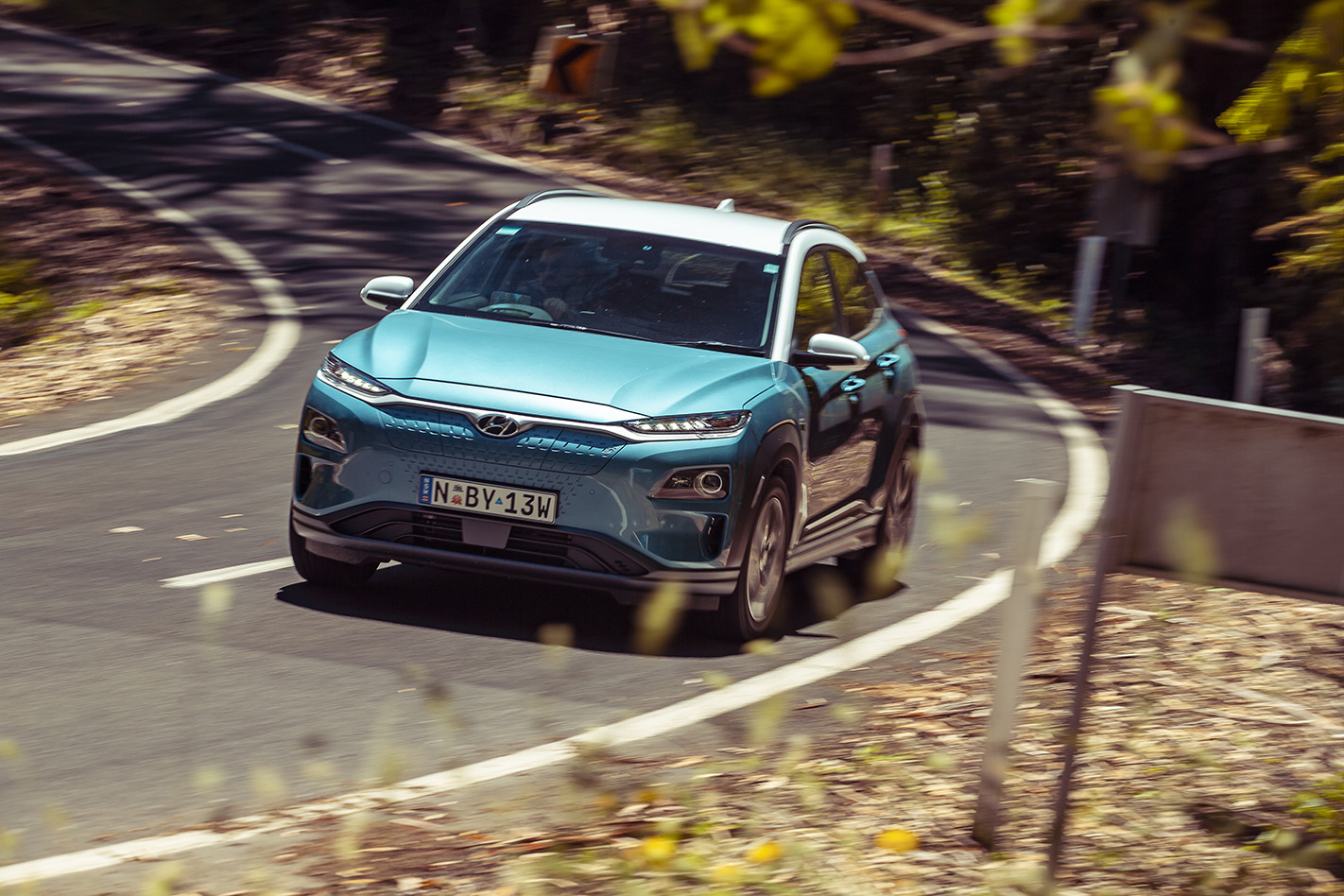
The Kona Electric handles nicely and on twisty roads; the regenerative braking offers enough slowing power when needed, so you rarely have to apply the actual brakes even on downhills.
My one gripe, however, is the rear suspension. It has a soft ride that’s obviously been tuned for smooth urban roads where the ride can be quite serene.
But this is Australia, and you don’t have to drive too far to find road imperfections where the ride gets very choppy.
For some reason, it’s much more composed on gravel roads.
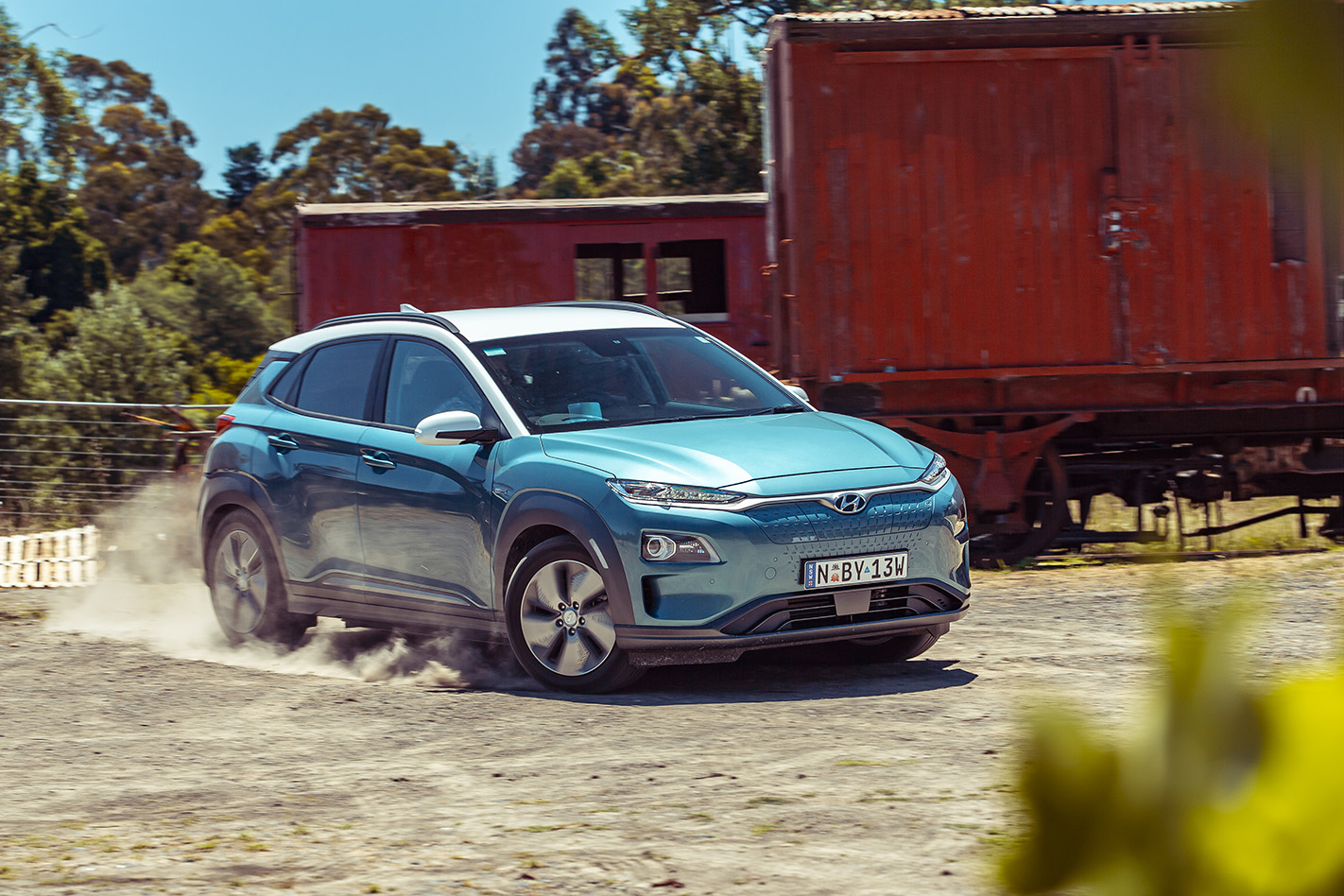
I should point out that this is also an issue with the petrol-powered Kona, whose suspension tune leans too much toward sporty driving. This is unusual for Hyundai vehicles as they’re usually well-balanced for Aussie conditions.
That aside, I’m already enjoying this car a lot and appreciate the attraction of battery-electric vehicles.
Speaking of which, I’ll discuss the Kona’s electrics and charging in more detail in the next update.
ODO: 2904 Kilometres travelled: 590 Efficiency: 13.8kW
Hyundai Kona Electric Specifications
Price: $65,290 Motor: Permanent magnet synchronous Max power: 150kW Max torque: 395Nm Transmission: Single speed reduction gear Battery: 65kWh Charging socket: CCS2 Weight: 1743kg Economy: 14.7kWh/100km (claimed)
Update 2: Hey charger
What makes the Kona Electric so easy to manage is that its substantial range comes with not-so-big 65kWh battery than can be plugged into a rapid charger and juiced up to 80 per cent from about 15 per cent battery charge in around 30 minutes.
That gives you around 380km, or 365km if you’re running the air-conditioner.
This is a good time to explain why EV manufacturers go on about charging to 80 per cent instead of 100 per cent. It’s all about charging time.

Just say you have a 50kWh battery and charge it on a 50kW charger. In theory that should take one hour to charge from empty.
However, DC chargers slow down the charging rate after the battery reaches 80 per cent capacity to prevent it from overheating.
So while you’ll get from 0 to 80 per cent in 40 minutes, that final 20 per cent could take another 30 minutes or longer. Which is why, when you’re on the move, the range your EV provides with 80 per cent battery capacity is important.
While charging, the Kona will let you know how much time it will take to get both 80 and 100 per cent, which is handy if you want to do something else during that period.
Enter ‘destination charging’, which refers to topping up your car while engaging in other activities shopping, having dinner or visiting a tourist attraction, so you’re not just waiting around.
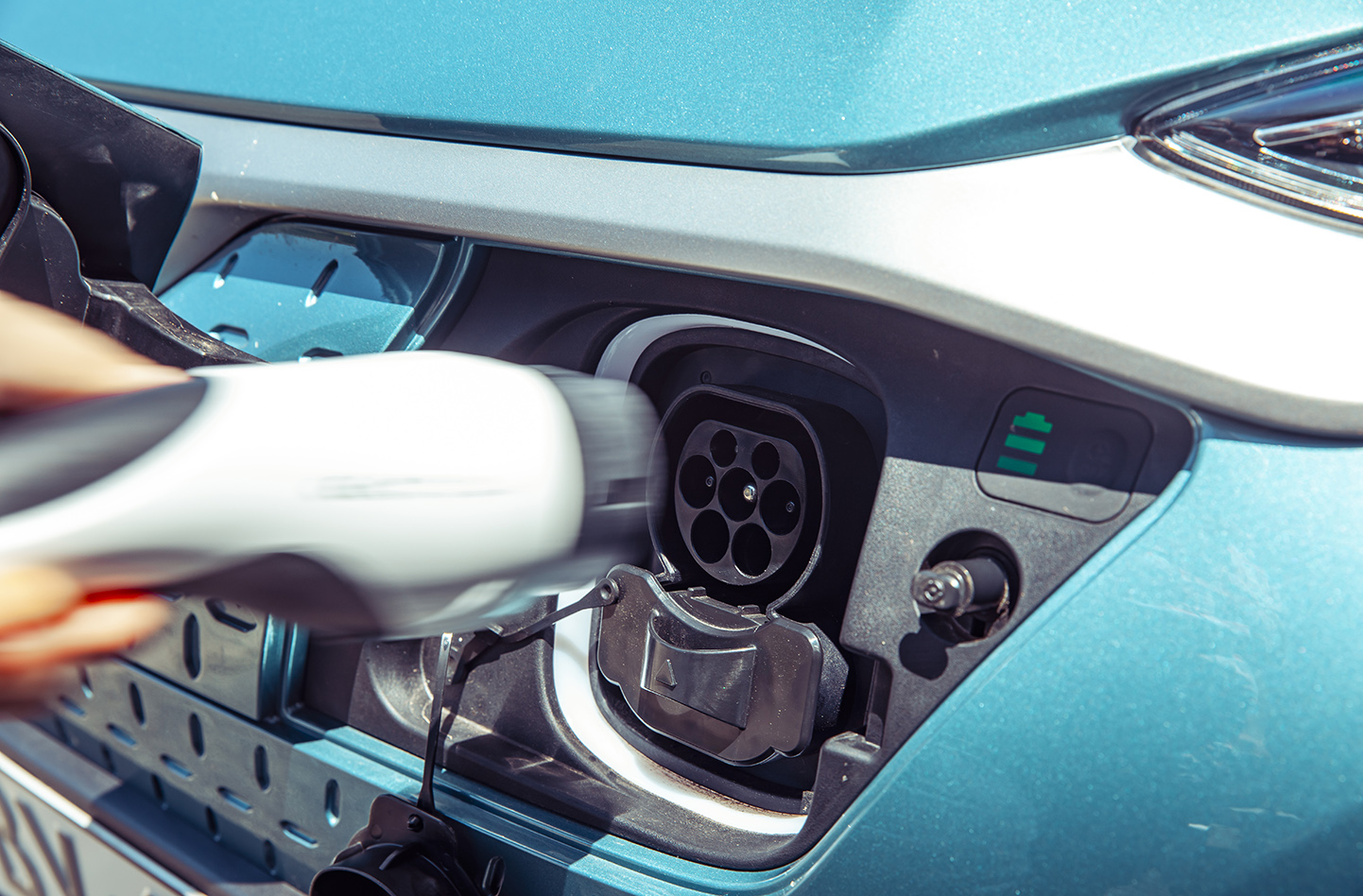
For example there are DC fast chargers at a Westfield shopping centre about 15 minutes where I live, so I decided to charge the car from 12 per cent while I did some Christmas shopping.
By the time I returned to the car 44 minutes later it was charged to 82 per cent, giving me about 400km of range.
The other key to quick charging is to top up whenever possible, whether it’s at home or wherever there’s a charging station handy – just like you do with your phone.
Charging costs
You’re probably wondering what it costs to charge an EV. Charge Fox charges 40c per kWh which meant the 44.1kWh of electricity the Kona accepted while I shopped cost $17.76 including GST.
There is another Charge Fox DC charging station I use in Brunswick while I shop or grab a bite to eat that is subsidised by the local council meaning you can charge your car absolutely free.




